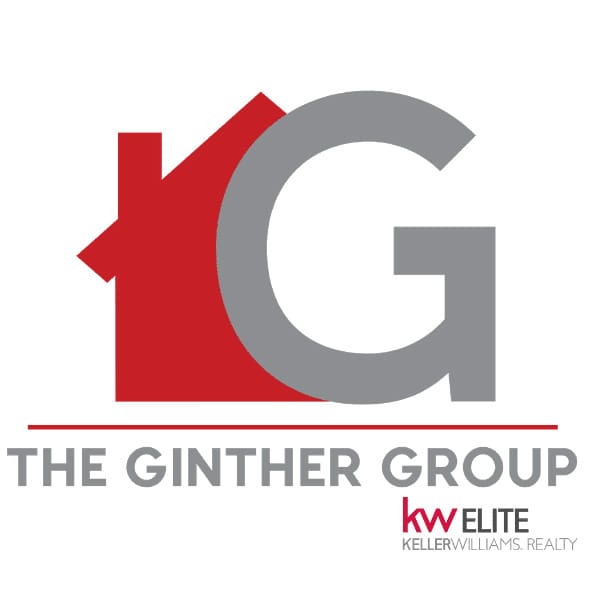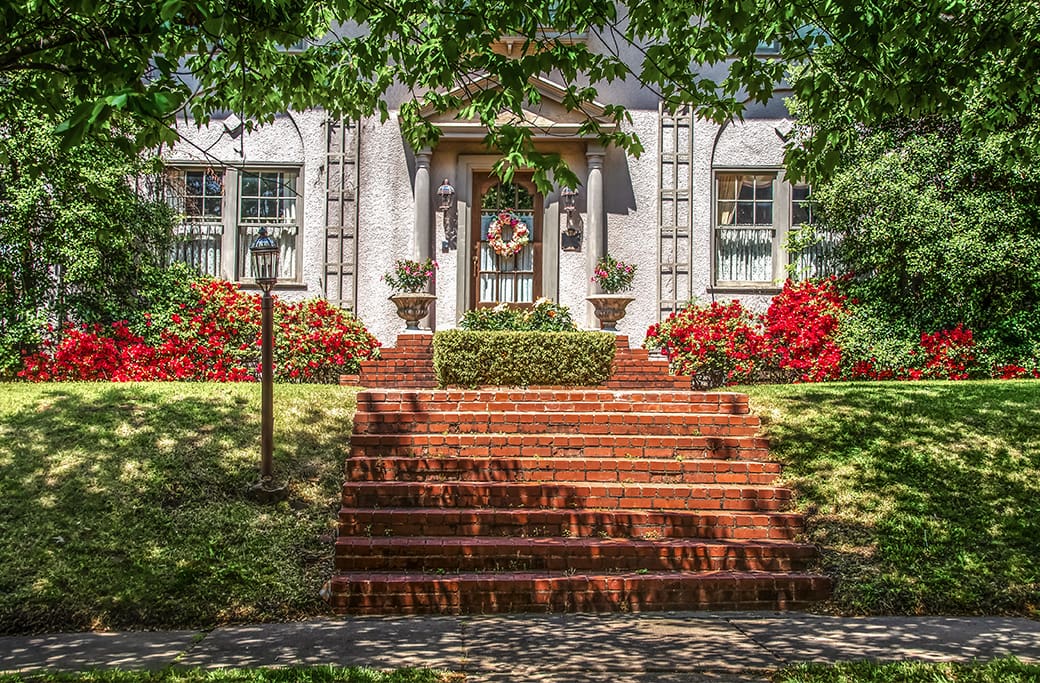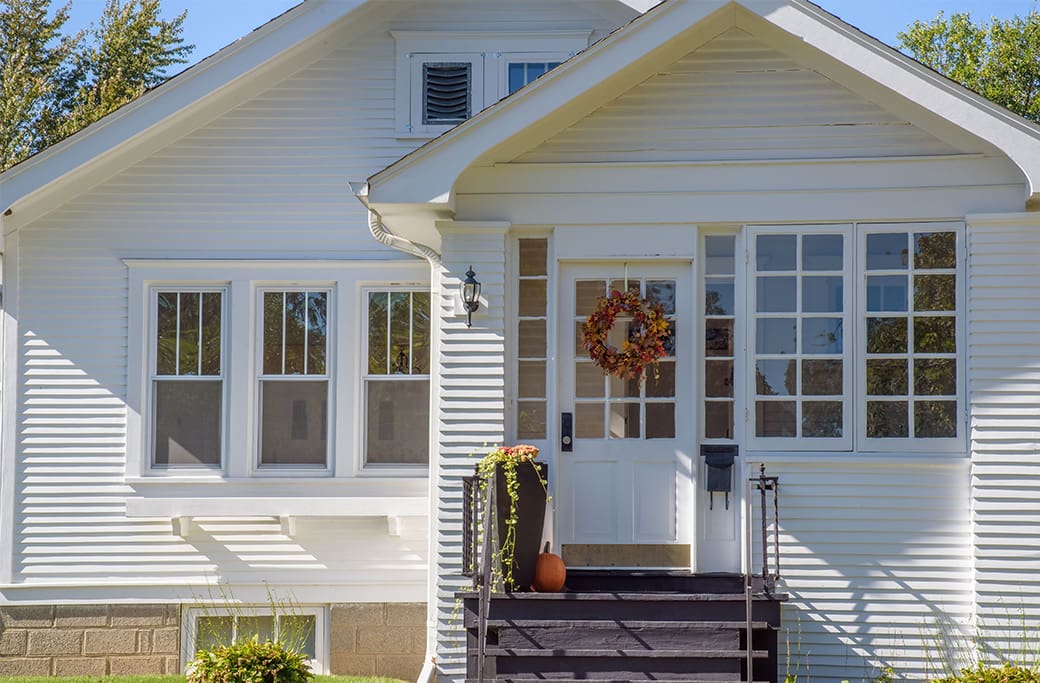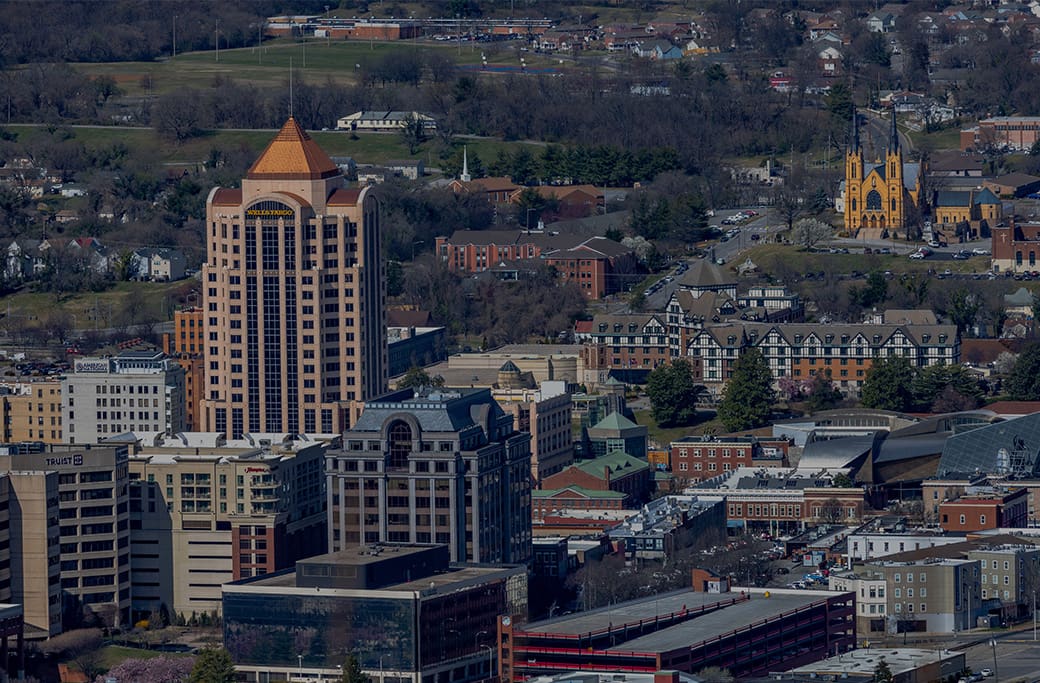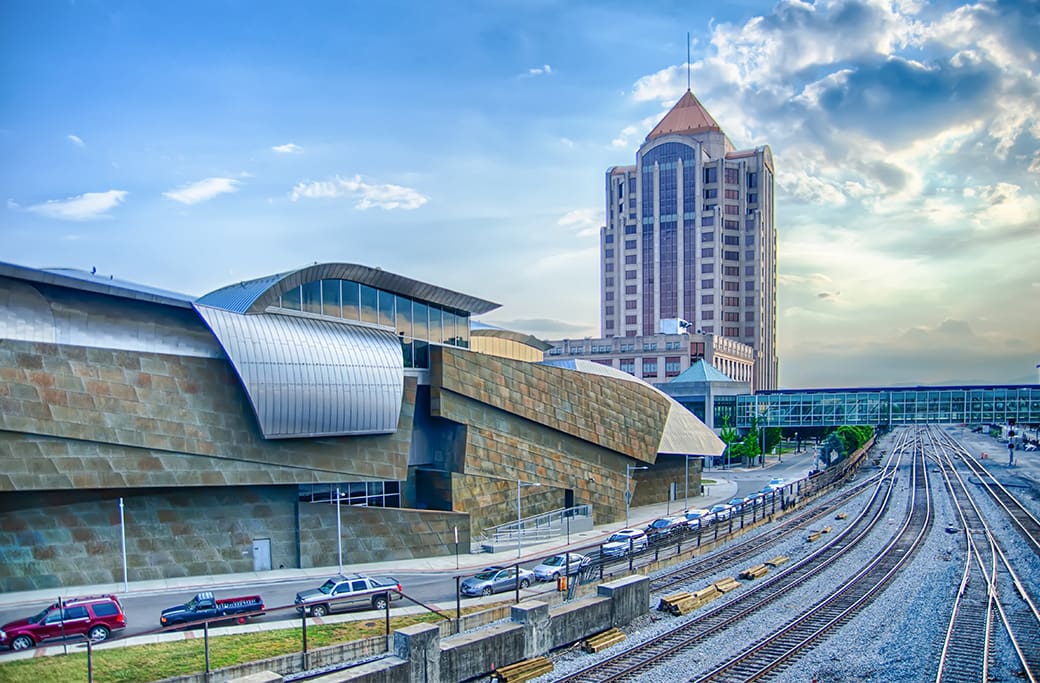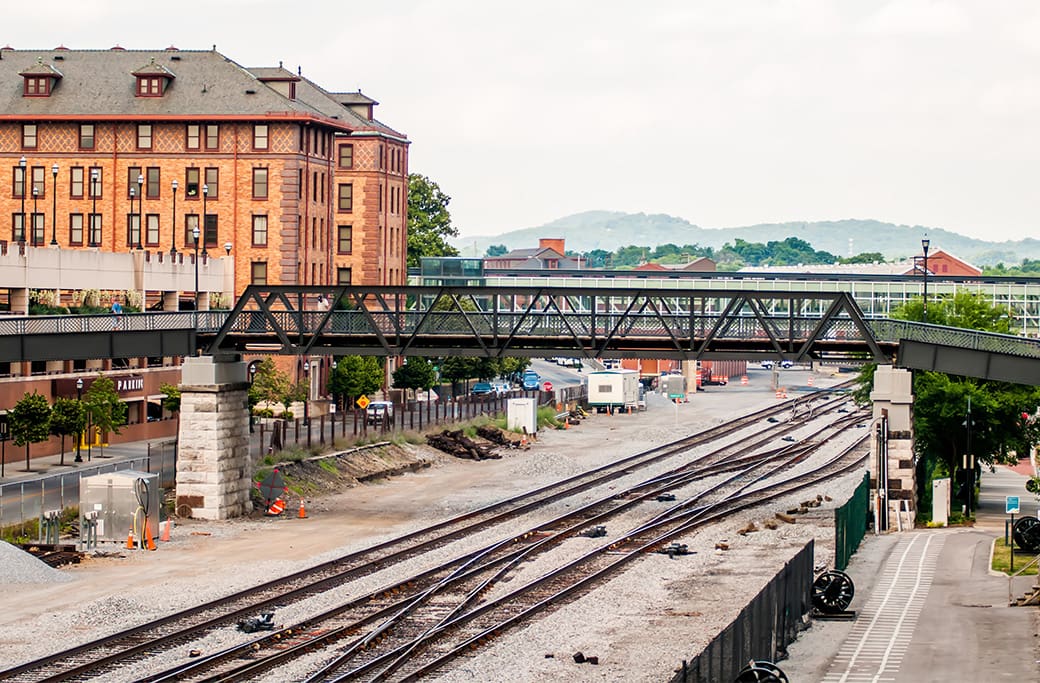
Welcome to Roanoke, Virginia, where the past doesn’t just live in museums—it lives in the very neighborhoods where you might call home. At David Keeter, your trusted Roanoke real estate advisor, we’ve spent years helping buyers discover how this city’s fascinating history has created some of Virginia’s most character-rich communities.
Understanding Roanoke history isn’t just about satisfying curiosity. It’s about recognizing why certain neighborhoods have maintained their charm, why historic homes hold their value, and what makes this city such a compelling place to plant roots.
Quick Look at Roanoke’s Historical Timeline
Roanoke’s story begins long before it became the “Star City of the South.” Originally known as “Big Lick” (named after the salt marshes that attracted buffalo, elk, and deer), this valley settlement was established in 1834 as Gainsborough before taking the name we know today.
The transformation began in 1852 when the railroad arrived, forever changing the community’s trajectory. By 1881, with the arrival of the Shenandoah Valley Railroad, Big Lick was renamed Roanoke—derived from the Native American word “Rawrenock,” referring to the shell beads used in trade.
The Norfolk & Western Railway made Roanoke a major transportation crossroads in 1882, sparking rapid growth that led to the city’s incorporation in 1884. This railroad boom wasn’t just economic—it was architectural. The prosperity brought by rail traffic funded the construction of grand homes and established neighborhoods that remain highly sought after today.
During the streetcar era of the early 1900s, Roanoke expanded beyond its downtown core. Streetcars allowed residents to live in garden suburbs while maintaining easy access to the city center, giving birth to communities like Raleigh Court, Old Southwest, and Wasena.
Streetcar Suburbs and Their Architectural Legacy
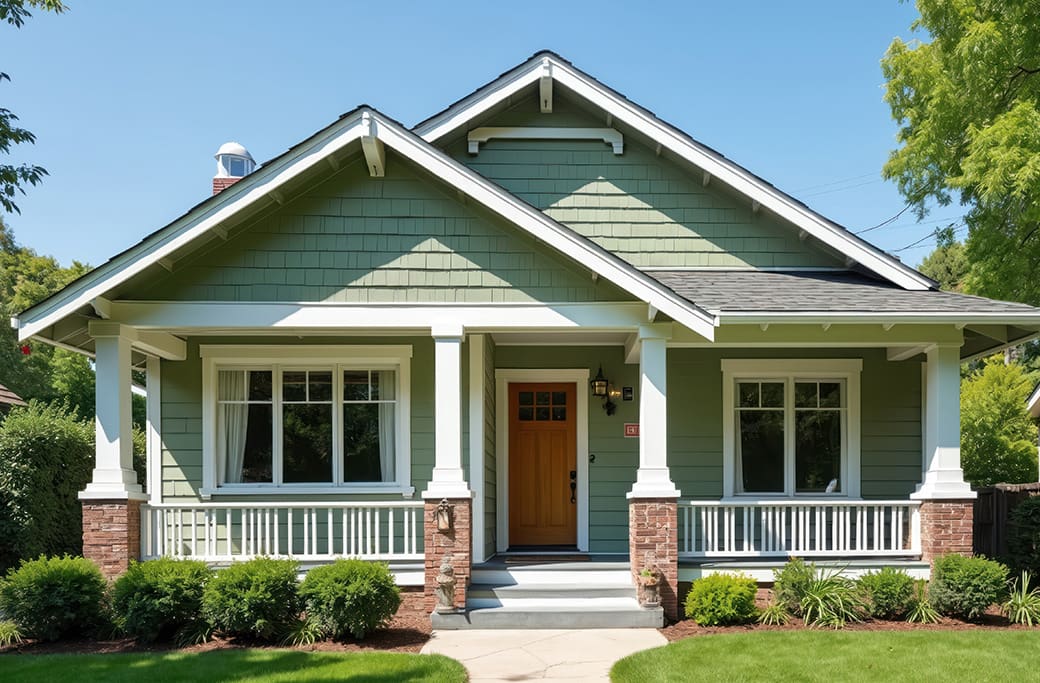
The streetcar system revolutionized how Roanoke developed. These electric railways enabled the creation of residential neighborhoods farther from downtown, each with its own distinctive character and architectural style.
These streetcar suburbs were designed with walkability in mind—wide sidewalks, front porches that encouraged neighborly interaction, and mature trees that created natural canopies. The architectural styles that emerged during this period remain some of the most desirable in today’s market:
Craftsman bungalows with their low-pitched roofs, exposed rafters, and built-in cabinetry represent the epitome of early 20th-century design. These homes often feature original hardwood floors, decorative millwork, and cozy fireplaces that create an atmosphere of warmth and craftsmanship.
Colonial Revival homes brought symmetry and classical proportions to Roanoke’s streetscapes. With their balanced facades, multi-pane windows, and formal entryways, these homes projected stability and prosperity.
Tudor Revival architecture added European flair with half-timbering, steep rooflines, and arched doorways. These homes often feature unique details like leaded glass windows and ornate chimney work.
Foursquare homes provided practical elegance with their cubic shape, hipped roofs, and spacious floor plans. These substantial homes often included modern conveniences like built-in buffets and multiple bathrooms.
Neighborhoods like Raleigh Court and Grandin Village still showcase these homes with their original features intact—hardwood floors that have aged to perfection, built-in shelving and cabinetry, and those iconic wide front porches that define Southern hospitality.
Notable Historic Neighborhoods and What Makes Them Unique
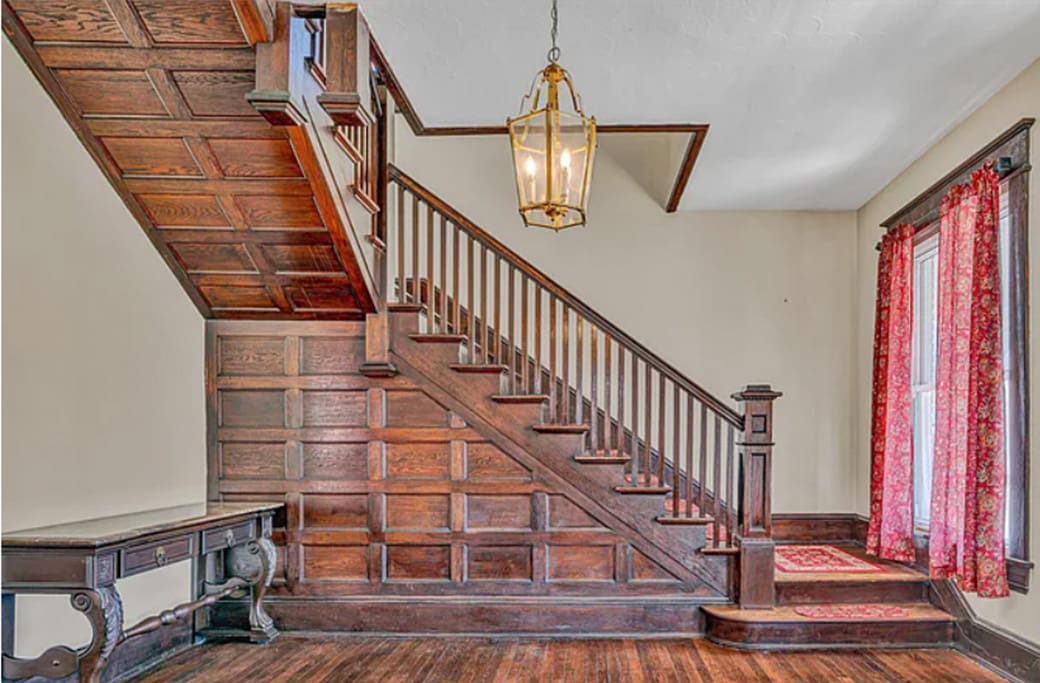
Each of Roanoke’s historic neighborhoods tells its own story, creating distinct real estate markets with unique appeal.
Old Southwest
Listed on the National Register of Historic Places, Old Southwest represents the pinnacle of Roanoke’s historic residential architecture. The neighborhood features grand Victorian homes with wraparound porches, bay windows, and intricate gingerbread trim. These tree-lined streets create a sense of grandeur that appeals to buyers seeking restored architecture and active community involvement.
The neighborhood’s historic designation provides both protection and pride. Active neighborhood associations work to preserve the area’s character while fostering a strong sense of community. For homebuyers, this translates to stable property values and neighbors who care about maintaining the area’s historic integrity.
Wasena
Originally a mill village, Wasena evolved into a charming residential area that perfectly balances history with modern convenience. The neighborhood features modest bungalows and cottages that reflect its working-class origins, but these homes have been lovingly maintained and often thoughtfully updated.
What makes Wasena particularly appealing is its walkability to parks and greenways. The Roanoke River Greenway runs through the neighborhood, providing residents with direct access to hiking and biking trails. This combination of historic charm and outdoor recreation makes Wasena especially popular with younger buyers and active families.
Raleigh Court
Developed primarily in the 1920s and 1930s, Raleigh Court encompasses the popular Grandin Village area. This neighborhood offers a diverse mix of home styles, from Tudor Revival to Colonial Revival, creating an eclectic yet harmonious streetscape.
Raleigh Court’s strong community pride is evident in its well-maintained homes and active neighborhood organizations. The area’s historic continuity—with many homes remaining in the same families for generations—creates a stability that translates to solid real estate values and a genuine sense of place.
Preservation and Pride: How Roanoke Protects Its Architectural Heritage
Roanoke’s commitment to historic preservation goes beyond nostalgia—it’s a strategic investment in the city’s future. The Historic Preservation Office works with local ordinances to protect significant structures while allowing for sensitive modernization.
Living in a historic district offers tangible benefits. Community investment remains strong because residents understand they’re stewards of something special. Property values tend to be more stable because the historic character that attracts buyers is legally protected.
Historic homeowners may also qualify for tax credits when undertaking appropriate renovations. These incentives make it financially feasible to restore original features while adding modern conveniences, creating homes that honor the past while serving contemporary lifestyles.
Many homeowners in these areas take pride in maintaining authenticity. They research their home’s history, restore original features, and make changes that respect the architectural integrity of their property and neighborhood.
What Homebuyers Should Know About Historic Homes
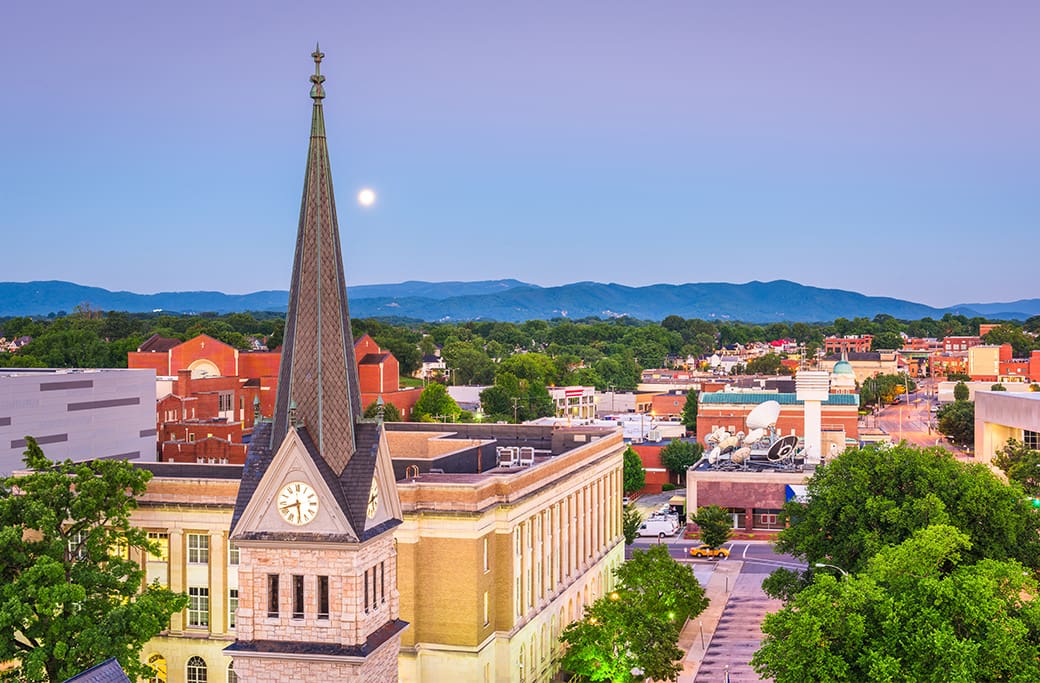
Historic homes offer unique advantages, but they also require informed decision-making. Understanding both the benefits and considerations helps buyers make confident choices.
The pros are compelling. Historic homes feature timeless design that never goes out of style. The craftsmanship in these older homes—solid wood construction, detailed millwork, and quality materials—is often superior to modern standards. Mature landscaping with established trees and gardens creates instant curb appeal that would take decades to achieve in new construction.
The walkable locations of historic neighborhoods offer something increasingly rare: a genuine sense of community. Neighbors know each other, children can safely walk to school, and local businesses become part of daily life rather than distant destinations.
However, historic homes do require specific considerations. Older electrical, plumbing, and heating systems may need updates to meet modern safety standards and energy efficiency expectations. Historic district guidelines may regulate exterior changes, requiring approval for modifications that would be routine in other neighborhoods.
This is where working with an experienced agent becomes invaluable. I understand the nuances of historic home ownership and can guide you through inspections that address age-related concerns while recognizing the difference between cosmetic issues and structural problems.
Modern Appeal of Roanoke’s Historic Homes
Today’s buyers are increasingly drawn to the character and walkability that historic neighborhoods provide. After years of suburban sprawl, many people crave the connectivity and authenticity that these established communities offer.
Roanoke’s affordability advantage means buyers can find beautifully maintained or expertly restored homes at prices that would be impossible in larger metropolitan areas. This value proposition allows families to own homes with architectural details and lot sizes that would be financially out of reach elsewhere.
The trend toward hybrid renovations is particularly exciting. Modern buyers are finding ways to blend updated kitchens with original architectural details, install energy-efficient systems while preserving historic character, and create contemporary living spaces within classic frameworks.
These neighborhoods are also attracting remote workers who value the quality of life that walkable, historic communities provide. The combination of architectural beauty, community connection, and outdoor recreation access makes Roanoke’s historic neighborhoods increasingly relevant to modern lifestyles.
Roanoke History: How the Past Shaped Today’s Neighborhoods
Roanoke’s historic neighborhoods represent more than just beautiful places to live—they’re communities where the past informs the present and creates a foundation for the future. Each Victorian mansion in Old Southwest, each Craftsman bungalow in Wasena, and each Colonial Revival in Raleigh Court tells a story of families who chose to build their lives in this remarkable valley.
When you choose a historic home in Roanoke, you’re not just buying a property—you’re becoming part of a continuing story. You’re investing in communities that have weathered decades of change while maintaining their essential character.
The architectural heritage that railroad prosperity created more than a century ago continues to provide value today. These neighborhoods offer something that can’t be replicated: the depth and authenticity that comes from generations of families who chose to call Roanoke home.
Whether you’re drawn to the grandeur of a Victorian mansion, the cozy charm of a Craftsman bungalow, or the timeless elegance of a Colonial Revival, Roanoke’s historic homes offer opportunities to own a piece of living history while enjoying all the conveniences of modern life.
Ready to explore how Roanoke’s rich architectural heritage could become part of your family’s story? As your trusted real estate advisor, we can help you navigate the unique opportunities and considerations that come with historic home ownership. Contact David Keeter today to discover the historic charm and future potential of owning a home in one of Roanoke’s most storied neighborhoods.
